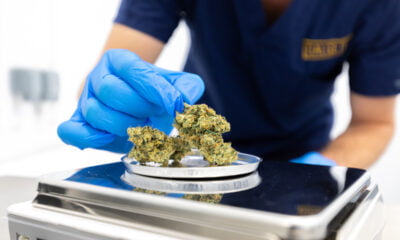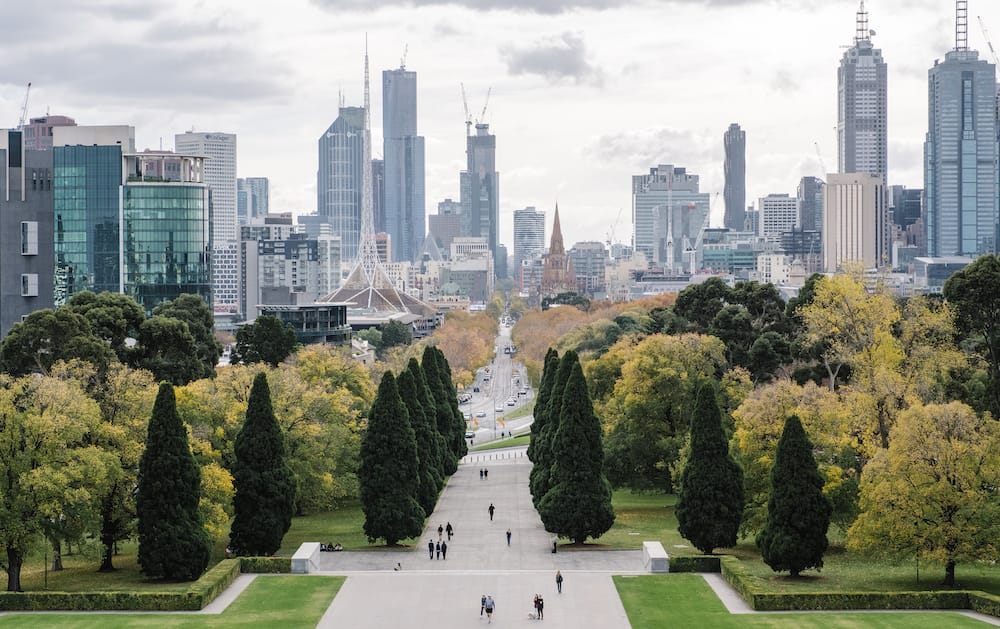Sud Agarwal, clinical researcher and chief executive of Cannvalate, a platform connecting suppliers of medical cannabis with doctors, estimates that around 20 to 30 percent of global cannabinoid research is accumulating in Melbourne.
Research looking into whether medical cannabis drugs can be regulated and approved by regulatory bodies is being pushed by two major centres globally, Agarwal says, which are GW in the UK, and the Australian Medicinal Cannabis Research and Education Collaboration in Australia.
“Melbourne has established itself as a global medical IP and medical commercialisation centre,” says Agarwal (pictured). “Lots of international researchers export their work to Australia because it’s so well funded by government.”
 Most cannabinoid research led by companies looking to get a product registered is driven by the private sector, Agarwal said at this year’s Prohibition Partners online event, mostly by listed cannabis companies from North America.
Most cannabinoid research led by companies looking to get a product registered is driven by the private sector, Agarwal said at this year’s Prohibition Partners online event, mostly by listed cannabis companies from North America.
But it’s very much a partnership between the public and private sectors that has made it successful.
“Two thirds of the cannabis companies who’ve been pushing drugs I’ve been involved with have mainly been from North America, bringing early stage or clinical research to Australia.”
“In all cases, they’ve been entitled to the Australian research and development rebate, which is 43.5 per cent. Many also been able to obtain a number of other Australian grants.”
Agarwal says the number of government incentives put towards this research has been “phenomenal”.
“Because of the excitement around medical cannabis, it’s been relatively straight forward to make applications and access that,” he says.
In 2015 the Australian government set up the Medical Research Future Fund, investing A$20 billion to support the country’s health and medical research. In addition, the government awarded A$3 million last October for research on the use of medical cannabis to help cancer patients.
“Our government has put its money where its mouth is through mainstream funding bodies like the Australian Medical Research Council or National Heatlh and Medical Research Council,” says Scott Smid, pre-clinical researcher and deputy head of pharmacology at the University of Adelaide.
The government, Smid says, is willing to fund quality medical research into medical cannabis – but is that enough to see real change?
Most cannabinoids currently under investigation in Australia are fixed-dose combinations, where cannabis is used in conjunction with non-cannabinoid pharmaceuticals and research shows that it has an effect with an existing therapy, Agarwal says.
“Cannabis hits a multitude of receptors and may have a multitude of different effects. It’s hard to show in a clinical trial that it’s efficacious,” Agarwal says.
“The challenge is: can we produce a botanical product with high level quality with minimal batch to batch variability, can we define impurities and show the active pharmaceutical ingredient is reproducible every time, and can we show efficacy?” Agarwal says.
Efforts are going into giving cannabinoid treatments a therapeutic claim, Agarwal says, as most currently don’t have one. The expectation is that medical cannabis will soon be a validated product with controlled doses and minimal batch-to-batch variability, he adds, so companies will be able to go through regulatory bodies able to say that a specific drug is targeted for a specific disease.
“We’re at break point now, where we’d expect in a year or so for a whole generation of more sophisticated medicines,” Agarwal says, where there will be defined profiles for autism, chronic pain, epilepsy and other conditions, which will all have different formulations and non-active components that treat the active disease.
Aside from the nature of cannabis making it difficult to pinpoint efficacy, the difficulties countries are facing when trying to push forward cannabinoid research are also due to strict rules around the handling and storage of cannabinoids.
Countries that can do significant research in this area have good legalised frameworks, Agarwal says. In this area, both researchers are positive about the progress Australia is making.
“Globally, it’s been difficult to study legal cannabis,” says Smid, partly because the hoops researchers need to jump through make it prohibitive.
“Medical research institutes and universities been in a similar bind, they’re well set up to research the cannabinoid system, but once you dig deeper into the practical logistics – how to access and store this material, do I need licenses and permits? – it can be daunting. There are only so many hours in a day to do the paperwork to access the materials.”
“In Australia, we’re just now starting to see a loosening so we can access plant material and extracts.”

 Industry6 months ago
Industry6 months ago
 News6 months ago
News6 months ago
 News6 months ago
News6 months ago
 News6 months ago
News6 months ago
 Science5 months ago
Science5 months ago
 Industry5 months ago
Industry5 months ago
 News6 months ago
News6 months ago
 Patients6 months ago
Patients6 months ago
 Most cannabinoid research led by companies looking to get a product registered is driven by the private sector, Agarwal said at this year’s
Most cannabinoid research led by companies looking to get a product registered is driven by the private sector, Agarwal said at this year’s 